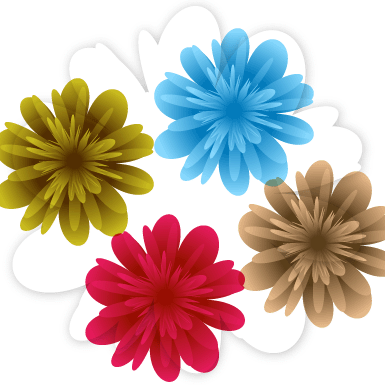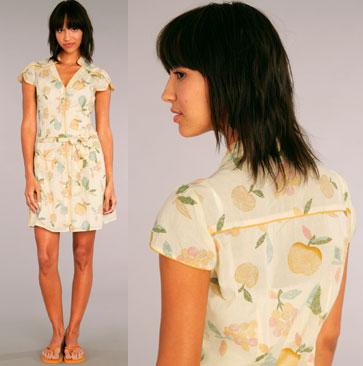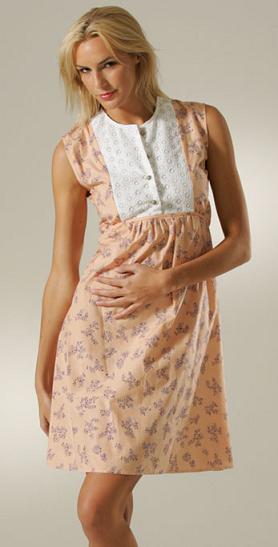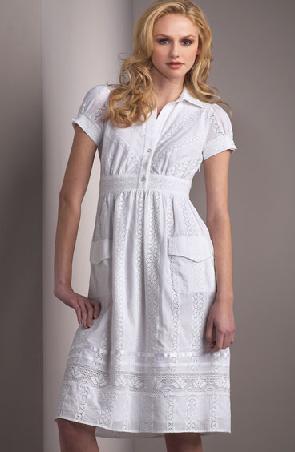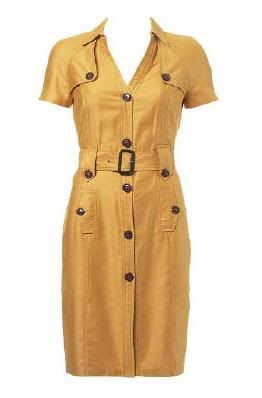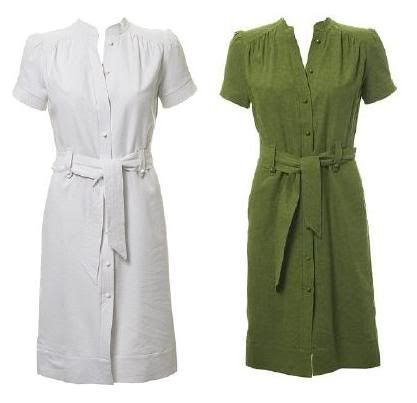
Friday, November 28, 2008
Tourism in Saudi Arabia
Mecca, receiving over 3 million pilgrims a year during the month of hajj, and during month of Ramadan for umrah around 2 million. During the rest of the year Mecca receives around 4 million for umrah. This is not really tourism, but rather religious pilgrimage, i.e. people who want to fulfil their goal of seeing the Kaaba or other attractions and observe religious rites. The Hajj, or pilgrimage to the city, is one of the 5 pillars of Islam. However, it is forbidden to non-muslims. The mountains, valleys and Red Sea beaches with turquoise water known for some of the world's finest diving attract some, but not much. Some other spots are hard to reach, such as Nabatean ruins, a four-hour drive from Medina, the nearest city with an airport for visitors to fly into. It is almost dependent on oil, a habit Prince Sultan Bin Salman wants to change by forming the Tourism commission in 2000. No non-Muslimone can enter the kingdom without a sponsor.There is also one of the most famous bridge like the Bahrain bridge to be viewed.
Arafat

The next morning, on the ninth of Dhu al-Hijjah, the pilgrims leave Mina for Mount Arafat where they stand in contemplative vigil, near a hill from which Muhammad gave his last sermon. This is considered the highlight of the Hajj. Pilgrims must spend the afternoon within a defined area on the plain of Arafat until after sunset. No specific rituals or prayers are required during the stay at Arafat, although many pilgrims spend time praying, and thinking about the course of their lives. If a pilgrim does not spend the afternoon on Arafat then their pilgrimage is considered invalid
Umrah

On the first day of the Hajj, the 8th day of the 12th month, Dhu al-Hijjah, the pilgrims perform their first Tawaf, which involves all of the pilgrims entering The Sacred Mosque (Masjid Al Haram) and walking seven times counter-clockwise around the Kaaba, kissing the Black Stone (Hajr Al Aswad) on each circuit. If kissing of the stone is not possible due to the crowds, they may simply align themselves with the stone and point to it. Each complete circuit constitutes a "Shout" with 7 circuits constituting a complete tawaf. The place where pilgrims walk is known as "Mutaaf". Only the first three Shouts are compulsory, but invariably almost all perform it seven times.
Eating is not allowed and the tawaf is normally performed all at once, the only exception being the drinking of water. Men are encouraged to perform the first three circuits at a hurried pace, followed by four times, more closely, at a leisurely pace.[7]
After the completion of Tawaf, all the pilgrims have to offer two Rakaat prayers at the Place of Abraham (Muqaam E Ibrahim), a site near the Kaaba. However, again due to large crowds during the days of Hajj, they may instead pray anywhere in the mosque.
Although the circuits around the Kaaba are traditionally done on the groundlevel, Tawaf is now also performed on the first floor and roof of the mosque.
After Tawaf on the same day, the pilgrims perform sa`i, running or walking seven times between the hills of Safa and Marwah. This is a re-enactment of the frantic search for water for her son Ismael by Abraham's wife Hagar, before the Zamzam Well was revealed to her by an angel, who hit the ground with his heel (or his wing), upon which the water of the Zamzam started coming up from under his feet.[9] The circuit used to be in the open air, but is now entirely enclosed by the Masjid al-Haram mosque, and can be accessed via air-conditioned tunnels. Pilgrims are advised to walk the circuit, though two green pillars mark a short section of the path where they are allowed to run, along with an 'express lane' for the disabled. The safety procedures are in place because previous incidents in this ritual have resulted in stampedes which caused the deaths of hundreds of people.
As part of this ritual the pilgrims drink water from the Zamzam Well, which is made available in coolers throughout the Mosque. The pilgrims then return to their tents.
Eating is not allowed and the tawaf is normally performed all at once, the only exception being the drinking of water. Men are encouraged to perform the first three circuits at a hurried pace, followed by four times, more closely, at a leisurely pace.[7]
After the completion of Tawaf, all the pilgrims have to offer two Rakaat prayers at the Place of Abraham (Muqaam E Ibrahim), a site near the Kaaba. However, again due to large crowds during the days of Hajj, they may instead pray anywhere in the mosque.
Although the circuits around the Kaaba are traditionally done on the groundlevel, Tawaf is now also performed on the first floor and roof of the mosque.
After Tawaf on the same day, the pilgrims perform sa`i, running or walking seven times between the hills of Safa and Marwah. This is a re-enactment of the frantic search for water for her son Ismael by Abraham's wife Hagar, before the Zamzam Well was revealed to her by an angel, who hit the ground with his heel (or his wing), upon which the water of the Zamzam started coming up from under his feet.[9] The circuit used to be in the open air, but is now entirely enclosed by the Masjid al-Haram mosque, and can be accessed via air-conditioned tunnels. Pilgrims are advised to walk the circuit, though two green pillars mark a short section of the path where they are allowed to run, along with an 'express lane' for the disabled. The safety procedures are in place because previous incidents in this ritual have resulted in stampedes which caused the deaths of hundreds of people.
As part of this ritual the pilgrims drink water from the Zamzam Well, which is made available in coolers throughout the Mosque. The pilgrims then return to their tents.
HAJJ
The Hajj (Arabic: حج) is a pilgrimage to Mecca (Makkah). It is the largest annual pilgrimage in the world. It is the fifth pillar of Islam, an obligation that must be carried out at least once in their lifetime by every able-bodied Muslim who can afford to do so. It is a demonstration of the solidarity of the Muslim people, and their submission to Allah.The pilgrimage occurs from the 8th to 12th day of Dhu al-Hijjah, the 12th month of the Islamic calendar. Because the Islamic calendar is a lunar calendar, eleven days shorter than the Gregorian calendar used in the Western world, the Gregorian date of the Hajj is eleven days earlier from year to year. In 2007, the Hajj was from December 17 to December 21; in 2008 from the first week of December.
The Hajj is associated with the life of Muhammad, but the ritual of pilgrimage to Mecca is considered by Muslims to stretch back to the time of Ibrahim and Isma'il, prominent figures in both Islam and in Judaism. Pilgrims join processions of hundreds of thousands of people, who simultaneously converge on Mecca for the week of the Hajj, and perform a series of rituals. As part of the Hajj, each person walks counter-clockwise seven times about the Kaaba, the cube-shaped building which acts as the Muslim direction of prayer (qibla); runs back and forth between the hills of Al-Safa and Al-Marwah; drinks from the Zamzam Well; goes to the plains of Mount Arafat to stand in vigil; and throws stones in a ritual Stoning of the Devil. The pilgrims then shave their heads, perform an animal sacrifice, and celebrate the four day global festival of Eid al-Adha. As of 2006, an estimated three million pilgrims participated in this annual pilgrimage. Crowd-control techniques have become critical, and because of the large numbers of people, many of the rituals have become more stylized. It is not necessary to kiss the Black Stone, but merely to point at it on each circuit around the Kaaba. Throwing pebbles was done at large pillars, which for safety reasons were in 2004 changed to long walls with catch basins below to catch the stones. The slaughter of an animal can be done either personally, or by appointing someone else to do it, and so forth.But even with the crowd control techniques, there are still many incidents during the Hajj, as pilgrims are trampled in a crush, or ramps collapse under the weight of the many visitors, causing hundreds of deaths.
Pilgrims can also go to Mecca to perform the rituals at other times of the year. This is sometimes called the "lesser pilgrimage", or Umrah. However, even if they perform the Umrah, they are still obligated to perform the Hajj at some other point in their lifetimes.
The Hajj is associated with the life of Muhammad, but the ritual of pilgrimage to Mecca is considered by Muslims to stretch back to the time of Ibrahim and Isma'il, prominent figures in both Islam and in Judaism. Pilgrims join processions of hundreds of thousands of people, who simultaneously converge on Mecca for the week of the Hajj, and perform a series of rituals. As part of the Hajj, each person walks counter-clockwise seven times about the Kaaba, the cube-shaped building which acts as the Muslim direction of prayer (qibla); runs back and forth between the hills of Al-Safa and Al-Marwah; drinks from the Zamzam Well; goes to the plains of Mount Arafat to stand in vigil; and throws stones in a ritual Stoning of the Devil. The pilgrims then shave their heads, perform an animal sacrifice, and celebrate the four day global festival of Eid al-Adha. As of 2006, an estimated three million pilgrims participated in this annual pilgrimage. Crowd-control techniques have become critical, and because of the large numbers of people, many of the rituals have become more stylized. It is not necessary to kiss the Black Stone, but merely to point at it on each circuit around the Kaaba. Throwing pebbles was done at large pillars, which for safety reasons were in 2004 changed to long walls with catch basins below to catch the stones. The slaughter of an animal can be done either personally, or by appointing someone else to do it, and so forth.But even with the crowd control techniques, there are still many incidents during the Hajj, as pilgrims are trampled in a crush, or ramps collapse under the weight of the many visitors, causing hundreds of deaths.
Pilgrims can also go to Mecca to perform the rituals at other times of the year. This is sometimes called the "lesser pilgrimage", or Umrah. However, even if they perform the Umrah, they are still obligated to perform the Hajj at some other point in their lifetimes.
Banks Cancels Annual Vacation
Supermodel-turned-talk show host Tyra Banks has sacrificed her annual holiday abroad so she can save cash in light of the global economic downturn.
The business-savvy beauty, 34, admits she has reconsidered her vacation plans this winter so she can keep up her tradition of paying her staff Christmas bonuses and giving restaurant waiters generous tips.
She tells Ebony magazine, "I gotta take care of my people. Hotel prices are at a peak. Because of what's going on with the economy I've decided not to take that vacation. So I was like, I'll just chill. I'm doing a 'stay-cation'. Staying in the States."
But Banks confesses she lives a generally frugal lifestyle herself, because she wants to ensure everything she buys is value for money.
The star, who reportedly earned $28 million in 2007, says, "I'm all about value. For instance, I'm decorating a new apartment in New York right now, and I have a meeting with the designer and I'm going to tell him, 'I don't care how much money they say I make in a year. It could be more, it could be less. But you don't need to be looking at that number and spending my money as if it is yours.'"
Her best pal Kenya Barris, who helped bring Banks' "America's Next Top Model" show to TV, adds, "The thing she is impressed with is getting a deal on something. She gets a kick out of being frugal."
The business-savvy beauty, 34, admits she has reconsidered her vacation plans this winter so she can keep up her tradition of paying her staff Christmas bonuses and giving restaurant waiters generous tips.
She tells Ebony magazine, "I gotta take care of my people. Hotel prices are at a peak. Because of what's going on with the economy I've decided not to take that vacation. So I was like, I'll just chill. I'm doing a 'stay-cation'. Staying in the States."
But Banks confesses she lives a generally frugal lifestyle herself, because she wants to ensure everything she buys is value for money.
The star, who reportedly earned $28 million in 2007, says, "I'm all about value. For instance, I'm decorating a new apartment in New York right now, and I have a meeting with the designer and I'm going to tell him, 'I don't care how much money they say I make in a year. It could be more, it could be less. But you don't need to be looking at that number and spending my money as if it is yours.'"
Her best pal Kenya Barris, who helped bring Banks' "America's Next Top Model" show to TV, adds, "The thing she is impressed with is getting a deal on something. She gets a kick out of being frugal."
Trade Show
A trade fair (or trade show) is an exhibition organized so that companies in a specific industry can showcase and demonstrate their latest products, service, study activities of rivals and examine recent trends and opportunities. Some trade fairs are open to the public, while others can only be attended by company representatives (members of the trade) and members of the press, therefore trade shows are classified as either "Public" or "Trade Only". They are held on a continuing basis in virtually all markets and normally attract companies from around the globe. There are currently over 2500 trade shows held every year in the U.S. alone, and several online directories have been established to help organizers, attendees, and marketers identify appropriate events.
Trade fairs often involve a considerable marketing investment by participating companies. Costs include space rental, design and construction of trade show displays, telecommunications and networking, travel, accommodations, and promotional literature and items to give to attendees. In addition, costs are incurred at the show for services such as electrical, booth cleaning, internet services, and drayage (also known as material handling).
Consequently, cities often promote trade shows as a means of economic development.
Exhibitors attending the event are required to use an exhibitor manual or online exhibitor manual to order their required services and complete any necessary paperwork such as health and safety declarations.
An increasing number of trade fairs are happening online, and these events are called virtual tradeshows. They are increasing in popularity due to their relatively low cost and because there is no need to travel whether you are attending or exhibiting.
Trade fairs often involve a considerable marketing investment by participating companies. Costs include space rental, design and construction of trade show displays, telecommunications and networking, travel, accommodations, and promotional literature and items to give to attendees. In addition, costs are incurred at the show for services such as electrical, booth cleaning, internet services, and drayage (also known as material handling).
Consequently, cities often promote trade shows as a means of economic development.
Exhibitors attending the event are required to use an exhibitor manual or online exhibitor manual to order their required services and complete any necessary paperwork such as health and safety declarations.
An increasing number of trade fairs are happening online, and these events are called virtual tradeshows. They are increasing in popularity due to their relatively low cost and because there is no need to travel whether you are attending or exhibiting.
Subscribe to:
Comments (Atom)








